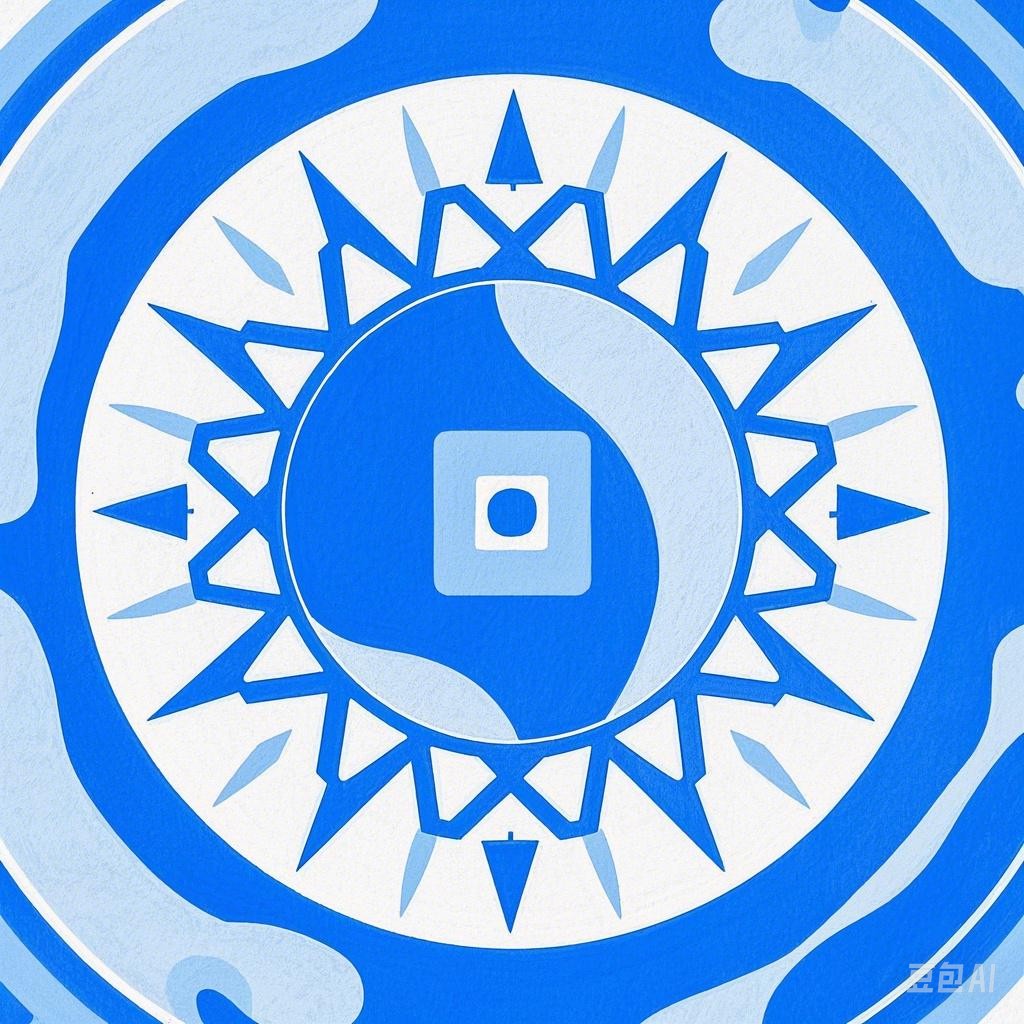India, a land of diverse cultures and traditions, is renowned for its vibrant and colorful festivals. Each festival carries its unique significance, reflecting the rich tapestry of India’s history, religion, and social fabric. This article takes you on a journey through some of India’s most celebrated festivals, highlighting their cultural importance and the joy they bring to millions of people.
Diwali: The Festival of Lights
Diwali, also known as Deepavali, is one of the most popular and widely celebrated festivals in India. It marks the victory of good over evil and light over darkness. The festival is typically celebrated over five days, with each day having its own significance and rituals.
Day 1: Dhanteras
Dhanteras marks the beginning of Diwali. It is considered auspicious for buying gold, silver, and other valuable items. People also worship Lord Dhanvantari, the deity of health and Ayurveda.
Day 2: Narak Chaturdashi
Narak Chaturdashi is dedicated to Lord Krishna, who defeated the demon Narakasura. People light lamps and burn earthen lamps called “diyas” to ward off evil spirits.
Day 3: Lakshmi Puja
Lakshmi Puja is the most important day of Diwali. It is dedicated to the goddess of wealth and prosperity, Goddess Lakshmi. Families worship her and perform various rituals to invite wealth and good luck into their homes.
Day 4: Govardhan Puja
Govardhan Puja is dedicated to Lord Krishna and his lifting of Govardhan Hill to protect the people from torrential rains. People build small hillocks of cow dung and worship them.
Day 5: Bhai Dooj
Bhai Dooj is a festival where sisters worship their brothers for their protection and well-being. Brothers, in turn, offer gifts to their sisters.
Holi: The Festival of Colors
Holi is a spring festival that celebrates the victory of good over evil and the arrival of spring. It is characterized by the throwing of colored powders (gulal) and water, as well as singing and dancing.
Rituals and Celebrations
- Holika Dahan: The festival begins with the burning of a bonfire, symbolizing the defeat of the demon Holika.
- Rangwali Holi: People apply colored powders and water on each other, while dancing to traditional Holi songs.
Eid-ul-Fitr: The Festival of Ramadan’s End
Eid-ul-Fitr marks the end of Ramadan, the holy month of fasting for Muslims. It is a time of joy, celebration, and gratitude.
Rituals and Celebrations
- Eid Prayer: Muslims gather in mosques to perform special prayers.
- Eid Greetings: People exchange greetings and gifts with family and friends.
- Feasting: Large feasts are prepared and shared with loved ones.
Ganesh Chaturthi: The Festival of Lord Ganesha
Ganesh Chaturthi is dedicated to Lord Ganesha, the elephant-headed god of wisdom and remover of obstacles. It is celebrated for 10 days, with the final day being the most auspicious.
Rituals and Celebrations
- Pandal Making: People build elaborate temporary structures called pandals to worship Lord Ganesha.
- Puja: Devotees perform puja (worship) to Lord Ganesha, offering prayers, flowers, and sweets.
- Visarjan: The idol of Lord Ganesha is immersed in a river or lake on the 11th day, symbolizing the end of the festival.
Navratri: The Festival of Nine Nights
Navratri is a 9-day festival dedicated to the worship of Goddess Durga, who is believed to be the mother of the universe. The festival is divided into three sets of three days, each dedicated to a different aspect of the goddess.
Rituals and Celebrations
- Durga Puja: Devotees perform puja to Goddess Durga, who is believed to be the protector of the universe.
- Rasgarba: A dance festival celebrating the divine love of Radha and Krishna.
- Dussehra: The 10th day of Navratri, where the victory of good over evil is celebrated.
Onam: The Harvest Festival of Kerala
Onam is a harvest festival celebrated in the Indian state of Kerala. It is a time of joy and celebration, as people come together to honor the spirit of their mythical king, Mahabali.
Rituals and Celebrations
- Atham: The first day of Onam, where people perform rituals to invite the king’s spirit to their homes.
- Thiruvonam: The main day of the festival, where people dress in traditional attire and perform rituals.
- Thiruvonam Sadhya: A grand feast with a variety of dishes, including rice, fish, and vegetables.
Kite Flying Festival: Makar Sankranti
Makar Sankranti is a harvest festival celebrated across India, with kite flying being a significant activity in many regions.
Activities
- Kite Flying: People fly colorful kites, often competing with each other to create the most spectacular designs.
- Feasting: People enjoy a variety of sweet and savory dishes, including tilgul (sesame seeds and jaggery) and khichdi.
Conclusion
India’s vibrant festivals are a testament to its rich cultural heritage. Each festival has its unique charm and significance, bringing people together to celebrate life, love, and the divine. By participating in these festivals, one can experience the true essence of India’s diverse and vibrant culture.
